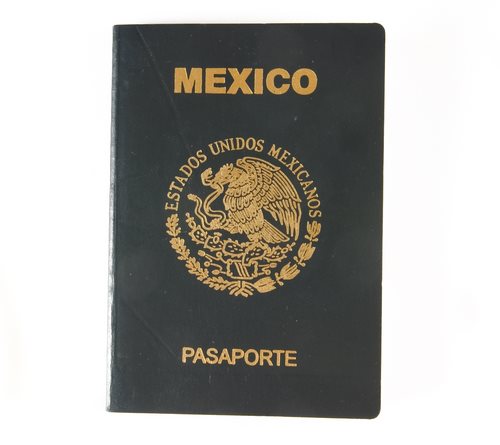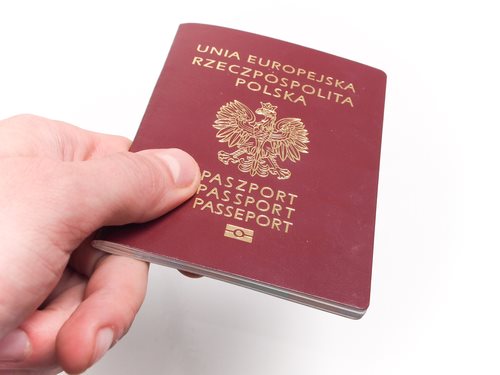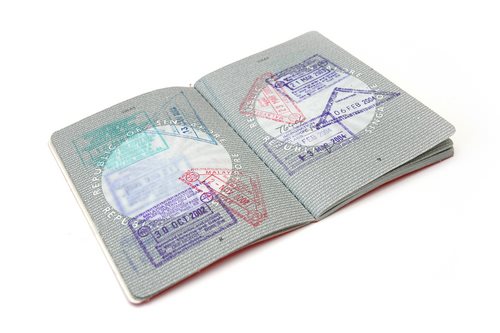Unveiling the Hidden Truth: Shocking Work Permit Regulations Exposed

In an increasingly interconnected world, the movement of labor across borders has become a critical component of global economic dynamics. However, the regulations governing work permits often remain shrouded in complexity and obscurity, leading to significant challenges for foreign workers and their employers. Recent investigations have unveiled shocking truths about these regulations, revealing hidden barriers that hinder labor mobility and economic growth. This article delves into the intricate landscape of work permit regulations, their impact on global employment, and the urgent need for reform.
Understanding the Complex Landscape of Work Permit Regulations Worldwide
Work permit regulations vary significantly from country to country, reflecting diverse economic needs, political climates, and social attitudes toward immigration. In many nations, these regulations are designed to protect local labor markets, but they often result in convoluted processes that can be difficult for foreign workers to navigate. The complexity is exacerbated by the lack of standardized criteria, leading to confusion and inconsistency in application procedures. Furthermore, the bureaucratic nature of these regulations can create significant delays, leaving skilled workers in limbo while they await approval. As countries grapple with labor shortages in certain sectors, the need for a more transparent and efficient system has never been more pressing.
The Impact of Work Permit Regulations on Global Labor Mobility and Employment
Stringent work permit regulations have profound implications for global labor mobility, often acting as a deterrent for skilled workers seeking opportunities abroad. These regulations can limit the ability of employers to recruit talent from a global pool, ultimately stifling innovation and competitiveness. In sectors such as technology, healthcare, and engineering, where demand for skilled labor is high, restrictive policies can lead to talent shortages that hinder economic growth. Moreover, foreign workers frequently face uncertainty regarding their employment status, which can affect their willingness to relocate. This situation not only impacts individual workers but also has broader ramifications for economies that rely on a diverse and skilled workforce to drive progress.
Key Findings: Uncovering the Hidden Challenges Faced by Foreign Workers
Recent studies have highlighted several hidden challenges faced by foreign workers navigating the work permit landscape. Many workers encounter opaque application processes, with little guidance on the necessary documentation or timelines. Additionally, language barriers and cultural differences can exacerbate these challenges, leaving workers feeling isolated and vulnerable. The financial burden of application fees and legal assistance further complicates the situation, often placing foreign workers in precarious positions. Furthermore, the fear of deportation or job loss due to visa issues can lead to exploitation by employers, who may take advantage of workers’ precarious status. These findings underscore the urgent need for reforms that prioritize the rights and well-being of foreign workers.
Analyzing the Consequences of Stringent Work Permit Policies on Economies
The economic consequences of stringent work permit policies extend beyond individual workers, affecting entire industries and national economies. When skilled labor is restricted, businesses may struggle to fill critical positions, leading to decreased productivity and innovation. This can result in a competitive disadvantage in the global market, as companies are unable to leverage the full potential of a diverse workforce. Additionally, the inability to attract foreign talent can stifle economic growth, particularly in sectors that rely heavily on specialized skills. Countries that fail to adapt their work permit regulations may find themselves at a disadvantage, as other nations implement more flexible policies to attract global talent. The long-term implications of these policies can hinder economic resilience and adaptability in an ever-evolving global landscape.
Expert Opinions: Perspectives on Reforming Work Permit Regulations for Fairness
Experts in labor economics and immigration policy advocate for a comprehensive reform of work permit regulations to create a more equitable system for foreign workers. Many argue that current policies are outdated and fail to reflect the realities of a globalized economy. Suggestions for reform include streamlining application processes, increasing transparency, and providing clearer pathways to permanent residency for skilled workers. Additionally, experts emphasize the importance of protecting workers’ rights and ensuring that they are not subject to exploitation. By adopting a more inclusive approach to work permits, countries can not only enhance their labor markets but also foster a more diverse and dynamic economy that benefits all stakeholders.
Future Outlook: Navigating the Evolving Landscape of Work Permit Legislation
As the global economy continues to evolve, so too must work permit regulations. The rise of remote work and digital nomadism presents new opportunities and challenges for labor mobility, necessitating a reevaluation of traditional work permit frameworks. Countries that embrace flexibility and innovation in their immigration policies are likely to attract a broader range of talent, enhancing their competitiveness on the world stage. Furthermore, as public awareness of the challenges faced by foreign workers grows, there is increasing pressure on governments to implement reforms that prioritize fairness and inclusivity. The future of work permit legislation will depend on the ability of policymakers to balance the needs of local labor markets with the benefits of a diverse and skilled workforce.
The unveiling of hidden truths surrounding work permit regulations has sparked a critical conversation about the need for reform in this complex landscape. As countries navigate the challenges of a globalized economy, it is imperative that they prioritize the rights and well-being of foreign workers while fostering an environment conducive to economic growth. By addressing the barriers that hinder labor mobility, nations can unlock the full potential of their labor markets and create a more equitable and prosperous future for all. The time for change is now, and the path forward must be paved with transparency, fairness, and inclusivity.





















